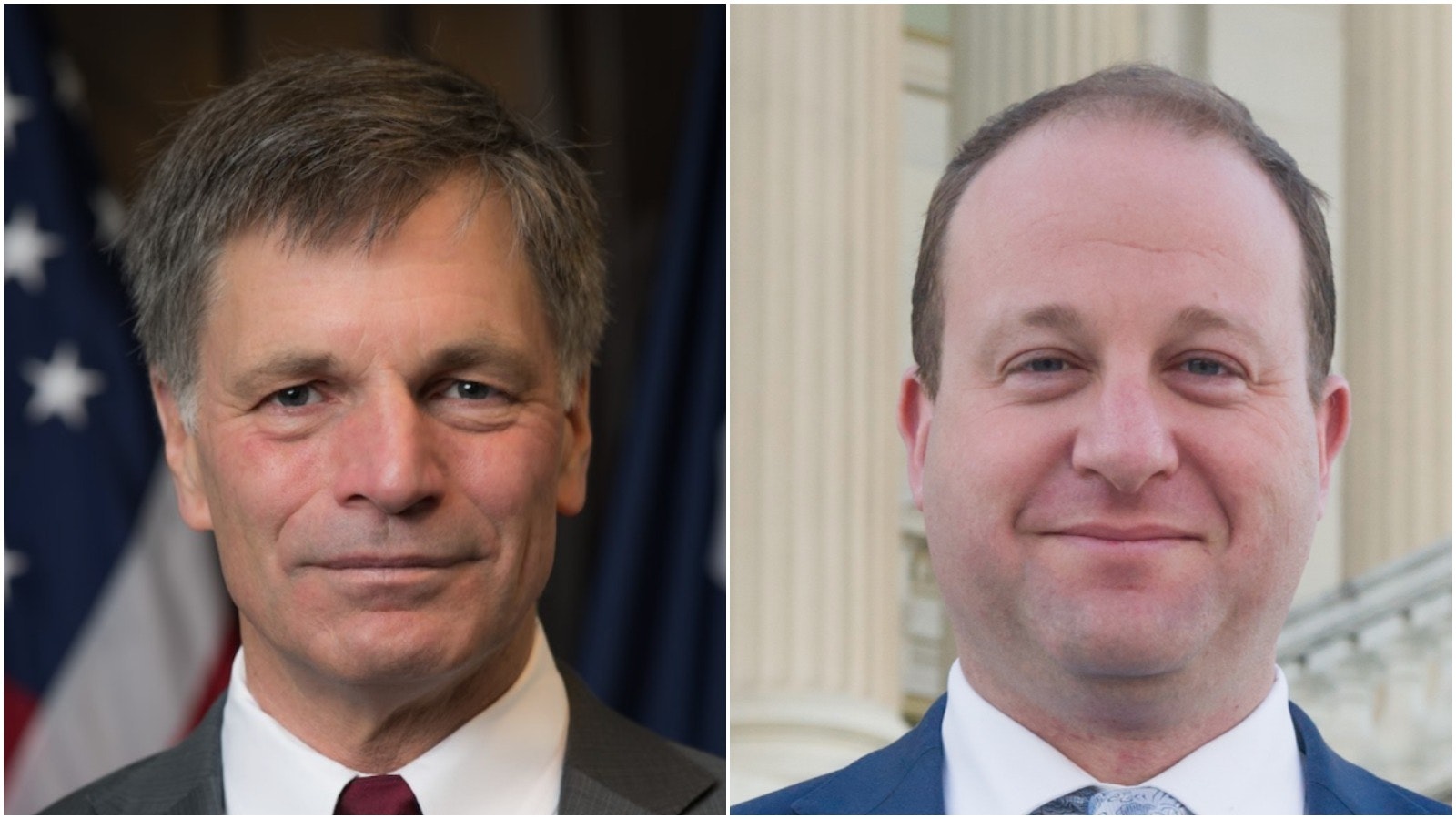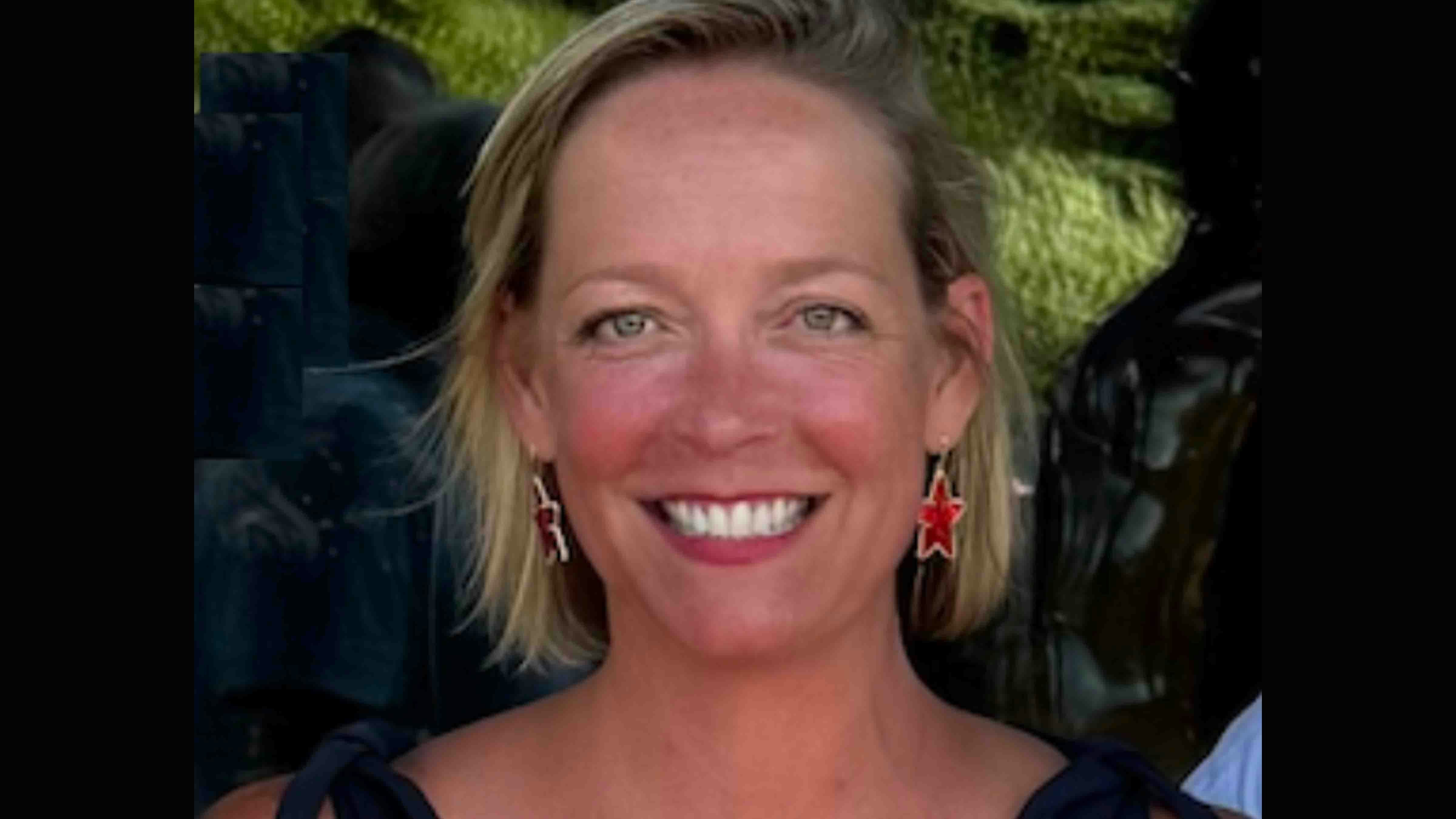By Jonathan Lange, guest column
“Free speech is the bedrock of American democracy. Our Founding Fathers protected this sacred right with the First Amendment to the Constitution. The freedom to express and debate ideas is the foundation for all of our rights as a free people.” These are the opening words of Executive Order on Preventing Online Censorship, signed be President Trump on May 28, 2020.
The Associated Press used this as another opportunity to gaslight the American people. They characterized the order as “challenging the lawsuit protections that have served as a bedrock for unfettered speech on the internet.”
Actually, the lawsuit protections written into the 1996 Communications Decency Act (CDA) were originally written “to restrict free speech on the internet,” according to the Electronic Frontier Foundation. If the AP mischaracterizes the Executive Order so badly, we should set the record straight.
In 1996, the Internet was still in its infancy. Netscape was the browser of choice and the fastest dial-up modems were operating at a whopping 33.6 kilobytes per second. Geocities.com and AOL.com were among the first service providers to let a web user build his own home page. Others soon followed. These interactive computer services became the precursors of today’s social media.
Unlike a newspaper, where every word and picture had to be specifically approved by the editor, this budding technology allowed content to be published without the oversight of a general editor. This was a revolution in the free flow of information. It was also an opening for more sinister pursuits.
Disgusting, indecent and obscene words and pictures could be uploaded just as easily as family photos and decent content. The unfettered use of user-generated content threatened to poison the Internet and drive away anyone who did not want to be assaulted by obscenities and lewd conduct. Unless something was done, its power would be unusable for decent citizens.
As a powerful new tool for the social good, it was in the interest of the government to protect the Internet from antisocial behavior. But the owners of interactive computer services ran into a legal conundrum.
If they deleted even one obscene photo, they were no longer the operators of public bulletin boards, but made themselves editors. As such, they would be legally and financially responsible for all the content available on the platform.
What to do? Unless free speech was fettered to keep obscenities from turning the Internet into a sewer, it would not be available to anyone. But if user-generated pages were placed under the same libel laws as traditional newspapers, those pages could be sued out of existence. Again, the Internet would not be available to anyone.
Section 230 of the CDA was written to address this problem. Its explicit intent is “(4) to remove disincentives for the development and utilization of blocking and filtering technologies that empower parents to restrict their children’s access to objectionable or inappropriate online material; and (5) to ensure vigorous enforcement of federal criminal laws to deter and punish trafficking in obscenity, stalking, and harassment by means of computer.”
Under paragraph (c) titled, “Protection for ‘Good Samaritan’ blocking and screening of offensive material,” Section 230 says, “No provider or user of an interactive computer service shall be treated as the publisher or speaker of any information provided by another information content provider” (47 USC sec. 230).
After this comes the lawsuit protection. “No provider or user of an interactive computer service shall be held liable on account of—(A) any action voluntarily taken in good faith to restrict access to or availability of material that the provider or user considers to be obscene, lewd, lascivious, filthy, excessively violent, harassing, or otherwise objectionable, whether or not such material is constitutionally protected.”
Clearly, the intent of Section 230 is to preserve parental rights and to protect children from “obscene, lewd, lascivious, filthy, excessively violent, [and] harassing” material. Nobody ever envisioned the words, “otherwise objectionable,” to cover whatever the owner of the platform doesn’t want you to see.
It is the prerogative of print and broadcast media to disseminate, or to stifle whatever content it desires to give to or withhold from its consumers. With this right comes the responsibility to abide by decency laws and libel laws. If Facebook, Twitter, Google and the rest want these same prerogatives and responsibilities, they are welcome to have them.
But if they do not want the responsibility of abiding by libel and decency laws, they have no business claiming the right of editors to create, stifle or alter the content that their users are generating. And yet, this is precisely what today’s social media are doing.
This is where President Trump’s Executive Order speaks. It declares, “When an interactive computer service provider removes or restricts access to content and its actions do not meet the criteria of subparagraph (c)(2)(A), it is engaged in editorial conduct. It is the policy of the United States that such a provider should properly lose the limited liability shield of subparagraph (c)(2)(A) and be exposed to liability like any traditional editor and publisher.
The Executive Order makes no attempt to change the law. It only directs the executive agencies to give attention to applying liability protections in keeping with the entire law, not by cherry-picking isolated phrases. Thus, it directs the commerce secretary and the attorney general to petition the Federal Communications Commission to make rules appropriate to Section 230.
This provision, especially, ought to be applauded by every newspaper and cable news show in the country. Abuse of Section 230 by social media giants is a significant factor in the massive decline of traditional media outlets.
The Executive Order further directs the head of each executive agency to review the money that the federal government pays to these corporate giants. It asks for a report to be delivered to the Office of Management and Budget in the next month. The American people deserve to know how tax-payer money is spent in support of platforms that actively skew the public discourse.
The Order also directs the Federal Trade Commission and the Attorney General to look into unfair and deceptive practices of the social media giants. In May of 2019, the White House received 16,000 complaints from social media users. Many believe they were deceived. They were promised a platform to disseminate ideas, but instead were shadow banned by the very companies that promised to broadcast their content.
Twenty-four years ago the Internet had potential both to be a tremendous blessing and a terrible curse. That is no less true today. The world has jumped on an airplane that we are trying to build in mid-flight.
Are interactive computer services (social media) free-for-all public forums? Or, are they simply electronic newspapers, with editors and agendas of their own? The Communications Decency Act has allowed these corporate giants to play both ends against the middle. They can advertise themselves as public bulletin boards, but rip down notices with impunity.
Ultimately, it will be the social media conglomerates themselves that will have to decide what they are. It is the job of the U.S. government to give them a clear choice. The Executive Order on Preventing Online Censorship, is a good step toward clarifying that choice.





